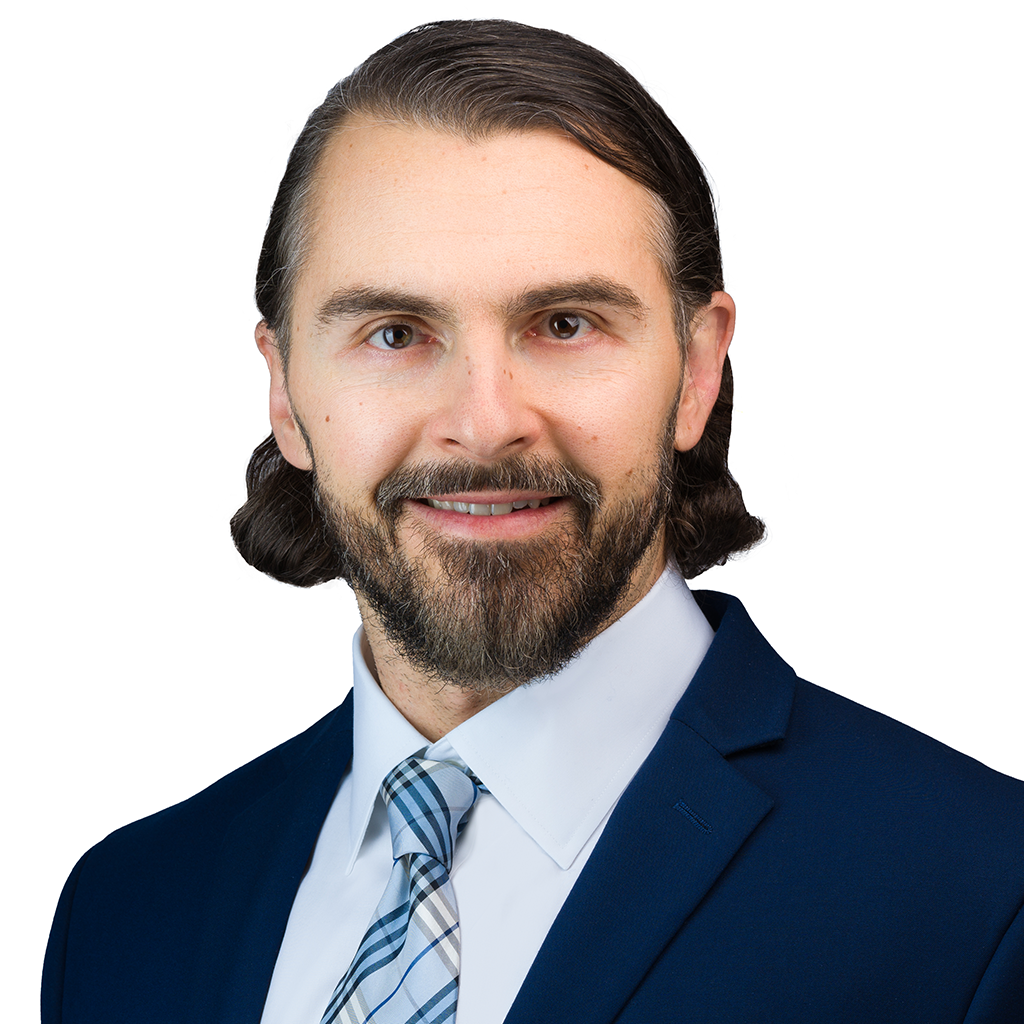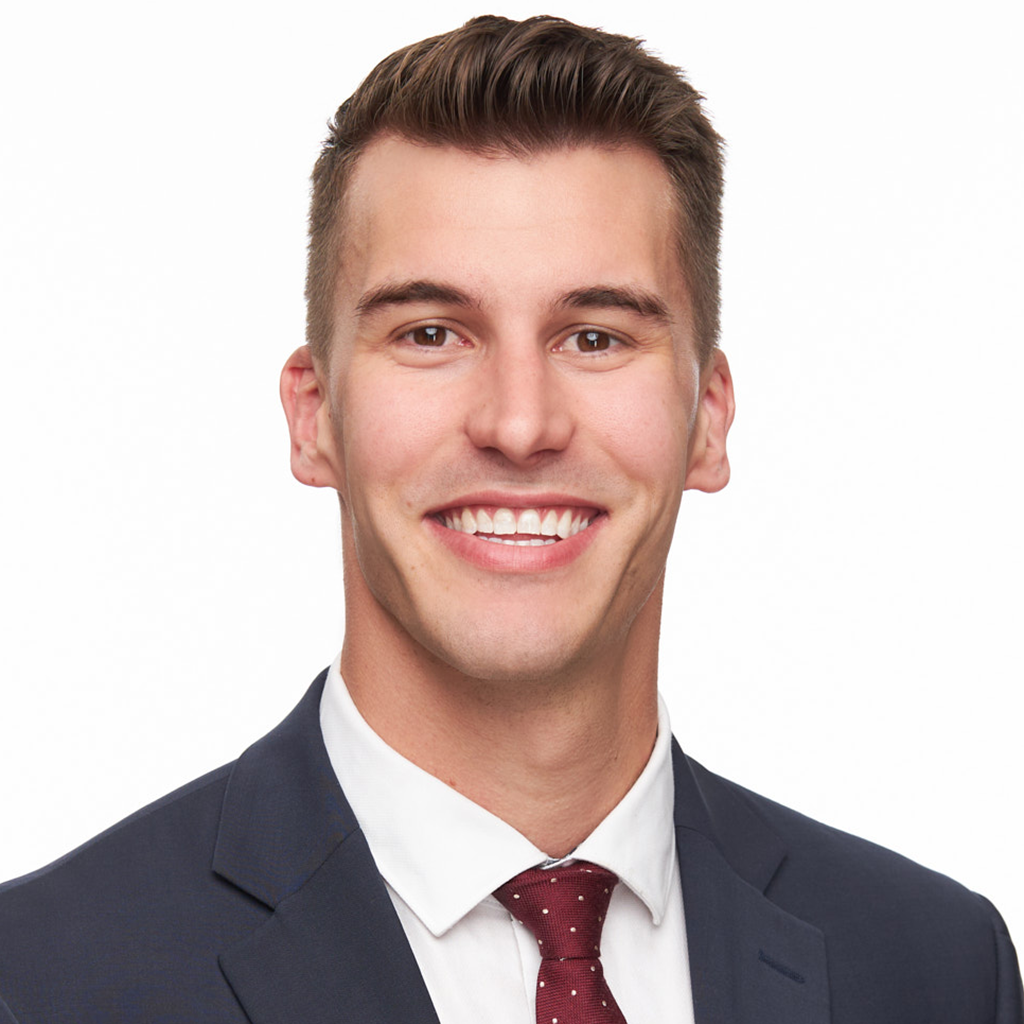A new report based on a survey of health care providers found that an alarming number of physicians have used alcohol or controlled substances while on the job. The survey, conducted by All Points North, revealed that 1 in 7 physicians admitted to consuming alcohol or using other controlled substances at work during the last three months, with more than 1 in 5 saying they did so multiple times per day, The Hill reported.
Alcohol or substance use was more common among men, according to the report, and barriers to seeking help included lack of time, fear of judgment, and the risk of having their medical license revoked.
Featured Solutions
Among other concerning results of the survey, which included 1,000 health care workers in the U.S., almost half of respondents said they were at their breaking point or seeking new employment due to the stress and trauma of the health care field. Whether that stress leads to substance use or not, both issues could translate to a greater risk of claims that could be covered by Medical Professional Liability Insurance, said Connor Cahill, Broker, Professional Liability, Burns & Wilcox, Minneapolis, Minnesota.
“Many individuals have turned to some sort of coping mechanism since COVID started, and I can only imagine what the stress would be like for a medical professional who has been going nonstop day after day for two years at this point,” he said. “When it comes to actually drinking or doing controlled substances on the job, that is very scary to think about. When you walk into a doctor’s office, you assume the individual treating you is doing what they are supposed to be doing.”

So much could go wrong in that situation. If a health care professional is under the influence while performing a procedure and harms a patient, that would be the worst-case scenario.
Difficult conditions pushing doctors ‘to the brink’
The recent survey results add to growing evidence of the current burnout crisis in the health care industry. It is an issue U.S. Surgeon General Dr. Vivek Murthy recently detailed in the New England Journal of Medicine, where he called for fundamental changes to address systemic problems that have pushed health care workers “to the brink.” One recent study found that primary care doctors would need more than 26 hours in a day to care for their patients according to guidelines, Medical Economics reported, while a study published in May showed that mistreatment and discrimination by patients contributed to physician burnout levels, according to the American Medical Association.
Health care industry burnout is also a concern in Canada, where 53% of respondents in a new physician health survey from the Canadian Medical Association reported experiencing burnout symptoms — a rate 1.7 times higher than when the survey was last taken in 2017, according to an Aug. 25 Canadian Press article. Earlier this year, a study of data from 34,000 Canadian physicians found that doctors seeking care for their own mental health and substance use concerns increased 26% during the first year of the pandemic, Medical News Today reported in January.
The pandemic has caused “an increasing amount of burnout among employees in general,” Ascenzo said. “For almost two years, a lot of our lives were turned upside down and we had to change our routines and our habits. We are creatures of habit, so that adds stress,” he said. “Stress, anxiety and depression can all affect someone’s ability to do their job, be a parent, or be a friend. Someone suffering could make a crucial error in their profession.”

When you have somebody’s literal life in your hands, anything impairing your judgment on that, even down to the seconds, could impact the patient’s overall health or viability of life going forward.
Burnout among doctors has been associated with a greater risk of medical errors. In 2018, a study published in Mayo Clinic Proceedings found that physicians who reported burnout signs were more than twice as likely to have made a medical error during the last three months. When an error occurs, a physician or health care facility’s Medical Professional Liability Insurance, also known as Medical Malpractice Insurance, can cover legal defense, settlements, and other expenses. This type of policy “is intended to cover bodily injury resulting from the insured’s provided health care services,” Cahill said, and includes “any medical advice given or physical services provided to the patient.” Health care providers may also need Excess Liability Insurance to obtain higher liability limits.
As health care staffing shortages persist in many areas, making it unclear when physicians may see relief from some of the conditions potentially contributing to their burnout, hospitals and other health care facilities should take action to ensure substance use on the job does not go unnoticed, Ascenzo said. “As long as the employees can get away with this behavior, it could continue as a means of coping with their situation,” he said.
That could be a matter of life or death for patients, Cahill emphasized. “Any use of alcohol or controlled substances is going to impair the judgment of the individual under the influence,” he said. “When you have somebody’s literal life in your hands, anything impairing your judgment on that, even down to the seconds, could impact the patient’s overall health or viability of life going forward.”
Criminal negligence not typically covered by insurance
Health care providers who are sued over errors made while they were under the influence of drugs or alcohol will usually find that criminal negligence is excluded from Medical Professional Liability Insurance.
“If a medical malpractice case comes in because a doctor or health care professional made a mistake and it comes to light that they were under the influence, that is an illegal activity and coverage for that incident may be voided after it is ultimately proven that they were under the influence of drugs or alcohol,” Cahill explained. “It could leave the insured medical professional completely without coverage.”

The [insurance] carrier is not going to cover illegal activities.
Although the insurance carrier may cover legal expenses while the matter is investigated, this would likely need to be reimbursed if a final determination is made that the provider was intoxicated. “The carrier is not going to cover illegal activities,” he said.
With insurance coverage voided in these situations, any losses faced by the provider would need to be paid out of pocket. Social inflation and the rise of nuclear verdicts make this an even riskier prospect, Ascenzo said, pointing to “eight or even nine-figure” verdicts being awarded to plaintiffs who are injured in medical procedures.
“The financial consequences are earth-shattering. When you look at that, aside from loss of life or quality of life and financial impact, it is almost hard to imagine,” he said. “It could be a huge financial loss and you are talking about potential bankruptcy for an organization or liquidation of personal assets for an individual.”
However, lawsuits over medical errors that are linked to burnout but do not involve alcohol or other substances would generally be covered. Medical Professional Liability Insurance is designed to cover mistakes, including negligence, Cahill said. “If they are completely burnt out and not firing at all cylinders because they are mentally exhausted when working with a patient, it is not their intention to harm somebody and there should be coverage for that,” he said.

The financial consequences are earth-shattering.
Health care institutions should review their insurance coverage regularly and find out how potential claims could be covered, including whether punitive damages are insurable under the policy. “That would vary by the policy and the jurisdiction in which the lawsuit is filed,” Ascenzo added.
Mental health support, resources needed
The new data on physician burnout and the use of alcohol and controlled substances at work could serve as an important warning to health care facility employers, Cahill said. “The biggest thing, in my opinion, is to provide the individuals with enough support that they should not have to be turning to alcohol and controlled substances on the job in the first place,” he said. “It is not an unknown fact that the health care industry is strained right now and losing staff due to being overworked and completely burned out. Offering mental health support for the staff is a good first step.”
They should also ensure health care professionals “are not pulling back-to-back 12-hour shifts,” among other safeguards, Cahill said, and have protocols in place for seeking help and for reporting concerns about other employees who could be at risk.
When a health care facility is sued, the organization’s Employment Practices Liability (EPL) Insurance and Directors & Officers (D&O) Insurance could also come into play, depending on what occurred. D&O Insurance can respond to allegations against a health care company’s board of directors, and EPL Insurance can respond to employee claims over issues such as discrimination.
“If a medical professional is found to have a mental health or substance issue and is asked to take a leave from their job, an employer could run the risk of claims of discrimination or retaliation,” Ascenzo explained. “That could also apply to someone who reports [an employee’s substance use], if that individual is subject to discrimination, harassment or retaliation from others in the practice because of it.”
Physicians who are struggling with either burnout or a substance use problem should seek out the assistance they need to move past it, Cahill said. “I cannot imagine the stress that they are all under but keeping these acts a secret is not only harming yourself and your potential career, but also potentially negatively impacting and could lead to significant harm to the patients you are providing services to,” he said. “Do not be afraid to reach out for help.”





